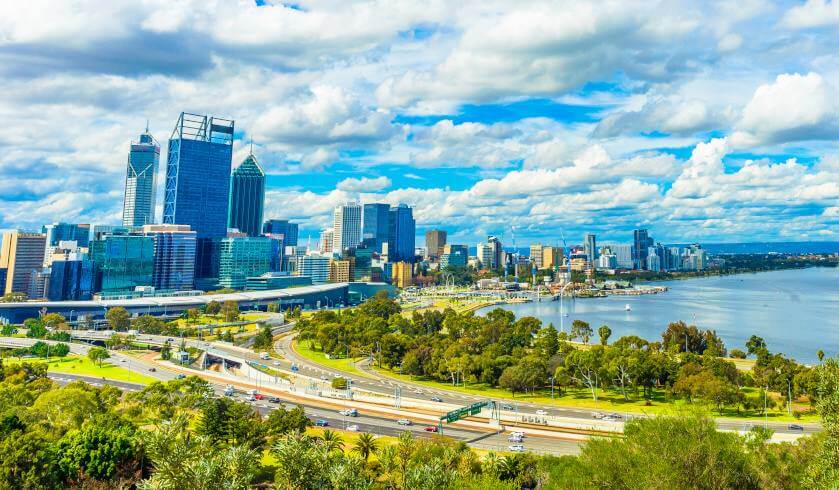Perth to be standout property market in 2021
As Australia continues to recover from COVID-19, all capital cities are expected to record dwelling price rises in 2021, with Perth leading the charge.

According to the Housing Boom and Bust Report 2021, released by SQM Research, the rise in dwelling prices next year will be the result of this year’s aggressive government stimulus, interest rate cuts and the upcoming changes to responsible lending laws.
Dwelling prices are expected to rise between 5 and 9 per cent, with Perth achieving the highest growth at 8 to 12 per cent on the base case forecast.
According to SQM Research managing director Louis Christopher, this growth will be on the back of an ongoing recovery in the base commodities market, further encouraging mining-based project investment.
“There now exists a significant shortage of Perth rental properties, which translated into a greater than 9 per cent rise in market rents over 2020. This shortage is very likely to translate into even faster rent increases and stronger buyer activity in 2021.”
Following Perth are Sydney and Adelaide, with expected increases of 7 to 11 per cent and 6 to 10 per cent, respectively.
“Leading indicators such as auction clearance rates and asking prices for Sydney are suggesting a forming recovery in the middle and outer rings. Inner-city units continue to record price falls for which we do not expect this trend to change,” Mr Christopher said.
Moreover, the proposed NSW Stamp Duty/Land Tax opt-in for home buyers will be
stimulatory to the housing market next year.
The base case forecasts assume ongoing support from the federal government and the Reserve Bank of Australia over 2021, with cash rate unchanged at 0.1 per cent, as well as a progressive rollout of a COVID-19 vaccine and the potential for a third wave of the virus, which will be contained through more lockdowns.
More importantly, JobKeeper will play a significant role in ensuring that the trajectory of recovery stays on the right path.
According to Mr Christoper: “An extension of JobKeeper is regarded as essential for the ongoing momentum of the housing recovery, which appears to have formed from the end of the September quarter 2020. If JobKeeper is scaled back too prematurely, the housing market recovery in Sydney and Melbourne could stall.”
Melbourne and Hobart are expected to achieve the most subdued growth, with Melbourne dwelling prices increasing by 2 to 6 per cent and Hobart’s dwelling prices increasing by 3 to 7 per cent.
Melbourne’s minimal growth is due in part to the extended lockdowns in 2020, which negatively affected many small businesses and likely delayed a jobs recovery, Mr Christopher said.
Further, the ongoing international border closures combined now with evidence of current interstate migration outflows will also put Melbourne at a disadvantage.
“Nevertheless, rate cuts as well as state and federal government stimulus will put a floor underneath the Melbourne market for houses. CBD units are expected to record ongoing price declines,” he highlighted.
Not bulletproof
As 2020 draws to a close, the national housing market has responded to the unprecedented economic stimulus packages as well as record-low lending rates, with auction clearance rates being lifted since mid-year and various dwelling price measurements starting to record price rises.
According to Mr Christoper, the housing market is likely to gain further momentum on the back of increased investor activity, especially from those who seek some sort of income yield.
However, there could be longer-term consequences from the new stimulatory policies.
“If housing is regarded as an asset class that is not allowed to fall, Australia could have some rather serious social issues surrounding home ownership rates over the long term.”
“Let’s keep in mind unemployment remains elevated and net migration is expected to be negative next year. We have a surplus of inner-city units in our two largest cities. And if there was another negative macro event in 2021, there is not much room left to cut lending rates further.
“In the meantime, risks have risen that this new recovery will be one of the more speculative rises seen in some time,” he concluded.
